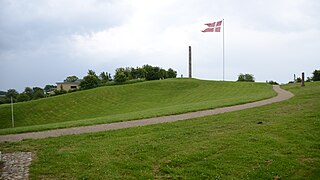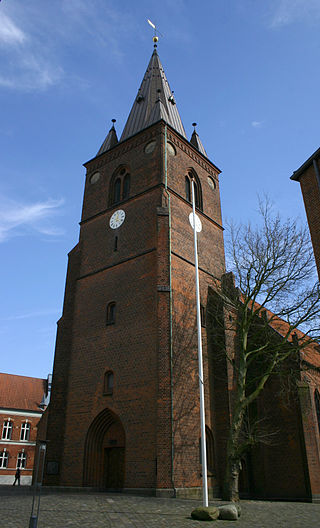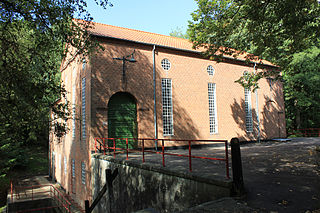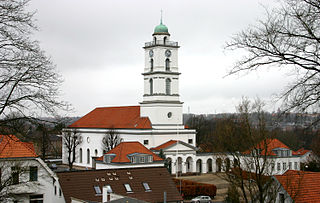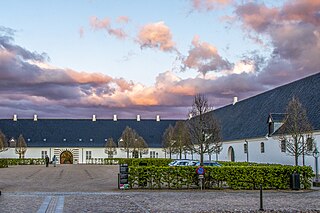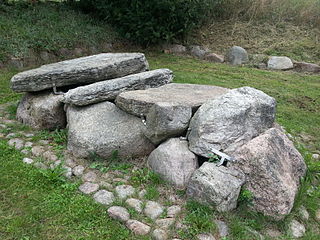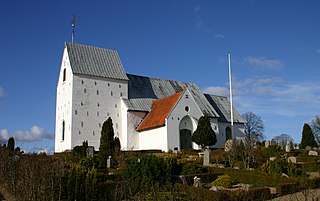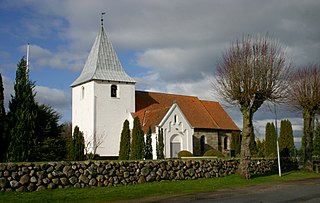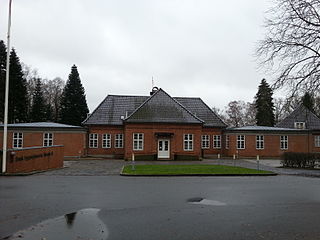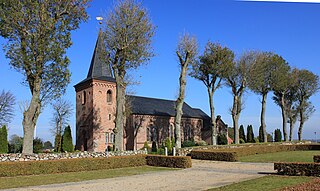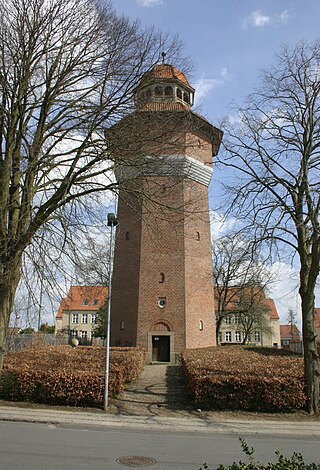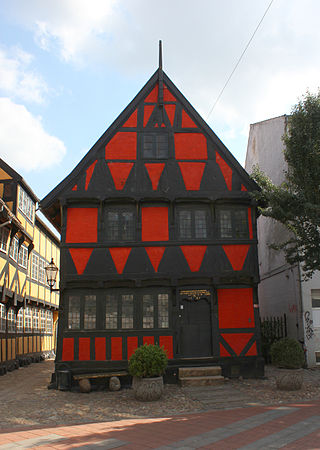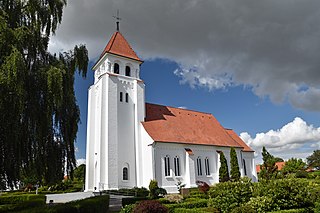14 Sights in Kolding, Denmark (with Map and Images)
Legend
Welcome to your journey through the most beautiful sights in Kolding, Denmark! Whether you want to discover the city's historical treasures or experience its modern highlights, you'll find everything your heart desires here. Be inspired by our selection and plan your unforgettable adventure in Kolding. Dive into the diversity of this fascinating city and discover everything it has to offer.
Sightseeing Tours in Kolding1. Skamlingsbanken
Skamlingsbanken is a large hill located in Vejstrup Parish, Jutland, Denmark, between Kolding and Christiansfeld. With a peak rising to 113 metres (371 ft) above sea level, it is the highest point in Southern Jutland.
2. Sankt Nicolai Kirke
Sankt Nicolai Church is Kolding's oldest church, built in the 1200s of red monk stones and is located at Nicolaiplads 3. The church has been rebuilt several times, it has had its current appearance since 1886.
3. Harteværket
Harteværket is a hydroelectric power plant near Kolding, which was built in the years 1918-1920 and is Denmark's first major hydroelectric power plant. The power plant utilises the water's fall height of 25–26 m, which is Denmark's largest. It is now run as an experience center in scenic surroundings.
4. Kristkirken
Christ Church is Kolding's largest church, located on Haderslevvej. The church, which has 700 seats, is the main church in Christ Church Parish. It was inaugurated in 1925 and is built in neoclassical style.
5. Staldgården
The stable farm in Kolding is located east of and next to Koldinghus and was established at the same time: in the 1300s. The current buildings were built in the 1600s and consist of three wings and have mainly been used by the military.
6. Hesselvad stenkiste
Hesselvad stone coffin is a so-called stone coffin from the Bronze Age, located at Hesselvad Bridge. When the new Esbjerg motorway was to be built between Kolding and Esbjerg in the 1990s, a number of burial mounds had to be examined by archaeologists. Among these is the burial mound Bredhøj, south of Lejerskov, where the well-preserved stone coffin was found.
7. Harte Kirke
Harte Church was built in the late 1100s in Romanesque style. Like many churches from this period, the foundation is made of hewn granite blocks. The church is located on top of a hill on the south side of Kolding Ådal and has been rebuilt and restored several times.
8. Geografisk Have
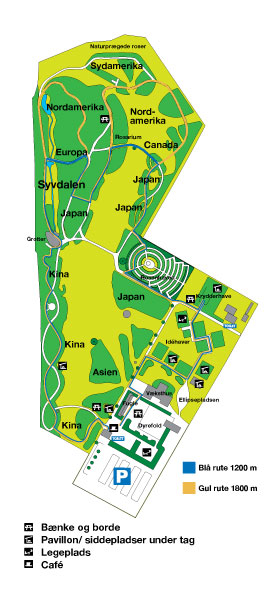
The Geographical Garden is a 14-hectare botanical garden in Kolding, where the geographical aspect is related to the fact that trees, shrubs and herbs are planted together according to country of origin. The garden first arose as a nursery when Aksel Olsen, who in 1917, after a successful apprenticeship in Danish as well as German nurseries, bought an area called "Sibirien", which was a 14-acre land up to the connecting road between Vonsild and Tved in the southeastern part of Kolding. Aksel Olsen both heard and read about the many new flowers and plant species discovered in East Asia, and he imported these by the hundreds. As the garden grew bigger and bigger, he got the idea of dividing the garden into geographical areas. There are branches for North America, Japan, China, South America, Manchuria, Korea, Siberia, and Southwest Asia.
9. Bramdrup Kirke
Bramdrup Church is located north of Kolding in Bramdrupdam, and is built in a simple, Romanesque style. There is almost no decoration on the outside, and the foundation is made of hewn granite stones.
10. Dansk Sygeplejehistorisk Museum
The Danish Museum of Nursing History opened in 1999, in connection with the Danish Nurses' Association's 100th anniversary, and is located at Hotel Koldingfjord, on the north side of Kolding Fjord. The museum houses a permanent exhibition and changing special exhibitions. The museum also has a library, which can be visited by prior appointment.
11. Dalby Kirke
Dalby Church was built by the Royal Building Inspector L.A. Winstrup, who also rebuilt and rebuilt other churches in the Kolding area. The church is built of red brick on a solid granite plinth and is built in mainly neo-Romanesque and neo-Gothic styles. The first stone for the current Dalby Church was laid on 24 April 1872. A year and a half later, on 12 October 1873, the church was consecrated by the parish priest, later diocesan dean Mouritz Mørk Hansen. The church was renovated in 1971 and 1998-99.
12. Gøhlmanns Vandtårn
Gøhlmann's Water Tower, Gøhlmannstårnet or Vandtårnet på Gøhlmannsvej is a water tower built in 1916 located on Gøhlmannsvej in Kolding. The water tower is named after Peter Jørgen Gøhlmann, who was an important businessman in Kolding for many years. The tower was designed by Andreas Thomsen Hagerup, who later designed two other water towers for Kolding Municipality, but was a copy of a water tower in Nykøbing Falster built in 1908-9. The tower is now owned by TRE-FOR, which in April 2008 celebrated World Water Day by giving visitors access to the tower.
13. Det Gamle Borgerhus
The old civic house or the shoemaker's house, is Kolding's oldest house, and was probably built in 1589. The house is located in Helligkorsgade, and the area was probably attributed to one of St. Nicolai Church's six altars, possibly the Altar of the Holy Cross or the Altar of the Holy Trinity. The house was probably built or rebuilt after the great fire in 1583 that ravaged the eastern part of Kolding.
14. Nørre Bjert Kirke
Nørre Bjert Church is a church from 1887 in the Kolding district of Nørre Bjert. It was built according to drawings by J.C. Fussing and has since 1924 functioned as a parish church in Nørre Bjert Parish. The altarpiece from 1930 was painted by J. Th. Skovgaard.
Share
How likely are you to recommend us?
Disclaimer Please be aware of your surroundings and do not enter private property. We are not liable for any damages that occur during the tours.
